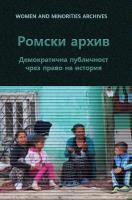
We kindly inform you that, as long as the subject affiliation of our 300.000+ articles is in progress, you might get unsufficient or no results on your third level or second level search. In this case, please broaden your search criteria.

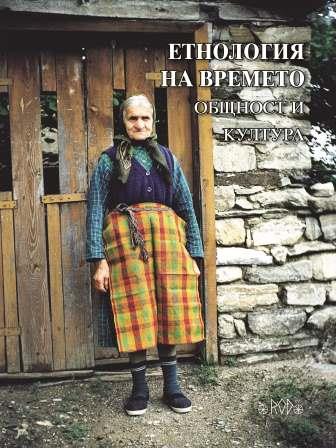
Neophyte Rilski is one of the brightest personalities that Bansko gave to Bulgaria. His work occupies a significant place in the history of Bulgarian education. His educational activity is related to an important stage in the development of the new Bulgarian culture – the movement for a new Bulgarian school, literature, and language. Recognition for the great work of Neophyte Rilski and the enormous services to the Fatherland, the people and the church, for school education and education was given by the entire Bulgarian cultural community in connection with the celebration of his 230th anniversary. The report draws attention to publications about Neophyte Rilski by his contemporaries, biographers, historians, educators, philologists, ethnologists, ethnographers, writers, poets. A number of interesting facts have been preserved in folk memory, published in ethnographic collections and publications of local legends from Bansko.
More...
This article analyzes the perception of time in monastic culture and in the context of an Orthodox parish. It decides that the measure of the perception of time in Orthodox monastic culture is the divine eternity; the measure of parish perception of time is the rhythmicity of earthly human life.
More...
The researcher compares the two works by Simeon of Thessaloniki with their shorter versions, which appeared in the Balkans “Ἑρμηνεία περὶ τοῦ θείου ναοῦ” (“Explanatio de divino templo”) the former on the basis of its 15th-century Southern Slavonic epitome, entitled Протлⷦь луⷮргїи, и црк҃ви, и чи́нꙋ сщ҃енⸯничьскомꙋ (according to the copy in the RGADA 88 manuscript 16th century, and the latter “Περὶ τῆς ἱερᾶς λειτουργίας” (“De sacra liturgia”) on the basis of its partial Church Slavonic translation according to the hagiography of Spiridon of Gabrovo of the early 19th century (No. 1322 at the National Library St. Cyril and Methodius). These texts are compared as regards the interpretation given in them of holy time in the Eucharistic service. The information about every single item in the liturgy in the sources compared is presented with a view to its external (ritual) aspect and its inner meaning (symbolism). As a result, the Southern Slavonic reception of the Greek mystagogic knowledge of the late Middle Ages and the Renaissance is reflected in the overall context of the liturgical exegesis of one of the most distinguished late Byzantine mystagogues, seen in his individual intellectual development.
More...
The text examines the results of a study on the audiences of the museum in Rousse, Bulgaria. The research helps to understand their attitudes and reactions during their actual stay in a museum environment. The information collected will be used to shape the repertoire policies of the cultural institute and to establish lasting relationships with visitors. During the museum events in 2023, the attitude of the museum audiences to the proposed initiatives was observed – exhibitions, concerts, public lectures and presentations, scientific forums, events with free entry, nights at the museum. Surveys were used to gather user opinion. They aim to define the approaches to interacting with audiences and the activities to be planned in the future to best meet people’s expectations. The current research was undertaken to identify changes in the postcovid situation and to derive workable models to benefit the museum in its future event planning activities. To a large extent, the proposed conclusions are valid for most of the Bulgarian museums, as well as the proposed work models, which include the participation of audiences in the activities of the museums.
More...
Throughout its existence, the church in the capital’s Knyazhevo district has been a focal point for the people living there. Witness to events, it remains a guardian of history through military memorials built during the Third Bulgarian Kingdom, although not all artifacts have survived. Thus, the memorial of those fallen in the Balkan Wars compels us to search for what’s lost before it’s irrevocably forgotten.
More...
The report presents a Thracian ceramic altar of natural healing power, unique in its form. An initial description of the shape and dimensions of the altar is given. A restoration methodology is proposed. Analogous scenes have been found in ancient stone votive tablets and in wall paintings dedicated to healing deities. It is recommended to prepare and implement a project for the restoration and appropriate museum display of the Thracian healing altar in the History museum in the city of Belovo.
More...
The town Bargala is located in the Eastern part of R. N. Macedonia, about 17 km from Štip, in the foothills of the mountain Plackovica. It is in the area of the village Goren Kozjak, on the right bank of the Kozjacka River.With the excavations in Tower 7, between 2009–2011, we increase knowledge about the economic aspects of the sector Episcopium. Inside the tower, was discovered a workshop and a furnace for glass production. Workshop’s dimensions are 12.6 x 6.3 meters, with several rooms. The built furnace, is positioned inside Tower 7, is 3,90 m long and 3,20 m wide. The furnace was based on top of a layer of fractured architectural ceramics. In a vertical section, the glass furnace can be divided in two parts. The lower part served as a furnus. The upper section has a circular base with 1,25 m diameter, gradually decreasing towards the top. In the southern part, near the surface of ceramic slabs, in a layer of loose soil and ash were discovered 5 ceramic pipes with various dimensions (7–14 cm). Next to the southwestern wall, two metal blowing tubes were discovered, one preserved to 0,40 m, and the other 0,23 m. For the furnace and the glass workshop are indications that it had a regional significance, supplying the regional population with glass products and half-products. The workshop probably existed during the 6th and the beginning of the 7th century AD. Confirmations of dating are the discovered coins, spanning from Justinian I (527–565) to Mauritius Tiberius (582–602).
More...
The archeological site ,,Mal Kayasi“ is located in the area of the village Bansko. It is a Late Antique fortification that was also operational during the Middle Ages. The fortress is located on one of the protruding hills on Mount Belasica, about 0,7 km southwest of the Roman Thermal spa. Some authors, here locates the Termica fortress (Θερμιτζα), which is mentioned in the chronicles of John Skylitzes, as one of the most important fortresses used by Tsar Samuel in the Strumica area. The first archaeological excavations were conducted during 2017, and then during 2019. A small part of the northwestern side of the acropolis was uncovered, where the late Antique fortress is located, as well as a single-nave church, which is located about 70 meters south of the fortress. According to the primary knowledge, this sacral building was built in the 12th–13th century and existed, probably until the Ottoman conquests of this area. It is built of slabs of stone, and lime mortar is used as a binder. The church was covered with frescoes. Two layers of frescoes have been found. A small single-nave church was built for the spiritual needs of the crew in the medieval fortress, or it was part of a small monastery complex.
More...
The text examines the camps in Bulgaria during World War II when the country was an ally of Nazi Germany. The main focus is on two of those places – „Gonda Voda“ and „Saint Nikola“ near Asenovgrad. Many communist activists and other oppositionists were interned there. The conditions in those places weren’t as harsh as concentration camps in Nazi Germany or the Soviet Union for example. All those places were closed after 09.09.1944 – the communist coup in Bulgaria. The subject isn’t very well researched in Bulgarian historiography. The study is based not only on archive documents about those places but on writings of historians like Vera Mutafchieva, Angel Krastev and etc. Interviews with people who were in those camps done in 2012 are very important for the text.
More...
On the Balkan Peninsula, the crisis moments that were current in antiquity, forced people to organize adequate protection against the risks and dangers of that time. So, they themselves and also their material goods had a certain degree of security. All this was also characteristic of the territories that today include the municipalities of Shtip and Karbinci. Here, the population used various methods and ways in order to provide an adequate response to the security challenges they faced during this historical period.
More...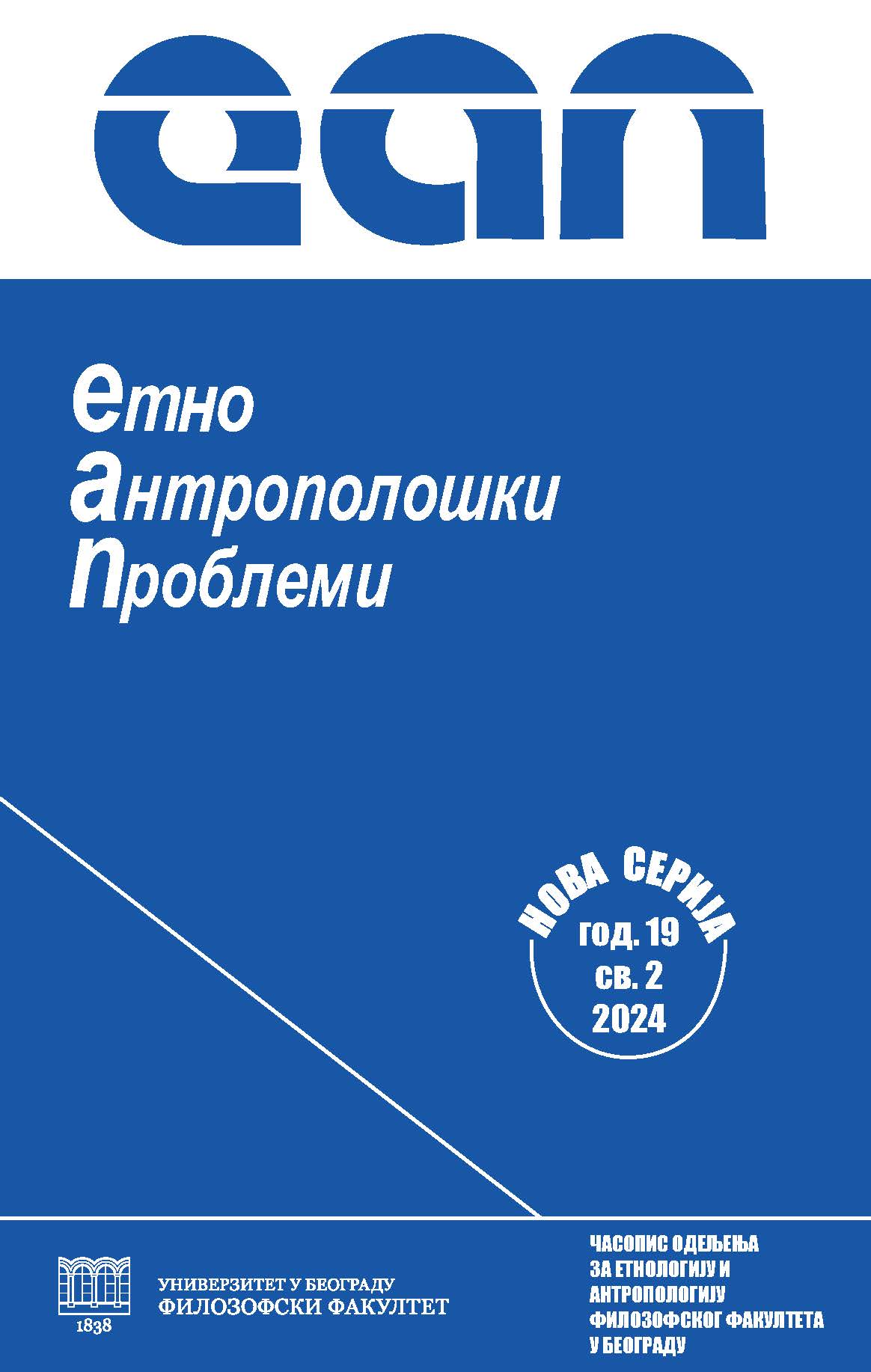
The aim of the paper was to introduce the specialized press oriented towards jazz music and its practitioners that was published from 1953 to 1965 on the territory of the Republic of Serbia. The marked period was chosen for consideration since it represents the most fruitful stage in the development of the press of a specific thematic profile, but also because of the significant changes in the entire Yugoslav society. These changes, as it was possible to show, influenced the complex processes that shaped the press of the time, as well as the attitude towards this musical genre and its practitioners. The processes in question include, first of all: certain internal political movements that consistently modeled the cultural policy of the time, within which jazz attempted to obtain a favorable position; integration of the former socialist state into polarized international currents that implied the use of jazz as a means of affirming the foreign policy orientation of Yugoslav society; and the creation of the operational power of artists for self-organization and the acquisition of certain labor and social rights within the Association of Jazz Musicians. The association was founded in 1953 in Belgrade with the aim of advocating for the rights of contemporary musicians, while at the same time initiating the publication of the first newspaper Jazz: Journal of Popular and Jazz Music (Jazz. List za pitanja zabavne i džez muzike). Under this name, the journal was published from 1953 to 1954, and during the publication period from 1957 to 1958 it changed its name to Bulletin of the Association of Jazz Musicians (Bilten Udruženja Jazz muzičara). After that, in Novi Sad, in 1962, Rhythm – Yugoslav Review of Jazz and Popular Music (Ritam – Jugoslovenska revija za džez i zabavnu muziku) began to be publish by NIP Dnevnik, and later changed its name to Rhythm – Yugoslav Review of Popular Music (Ritam – Jugoslovenska revija za zabavnu muziku), under which it continued to be published until it ceased publication in 1965.
More...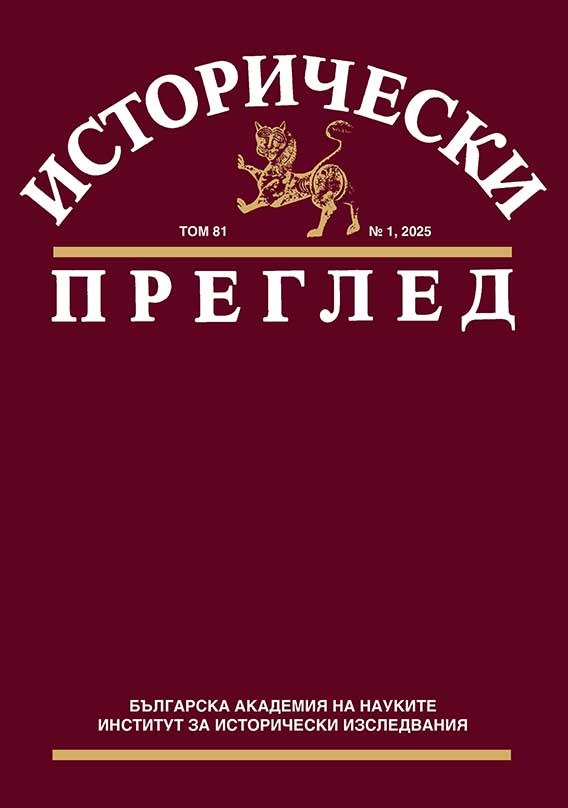
Roman philosophy, literature, and law offer some of the most well-structured and coherent theories of justice as the foundational principle underlying human existence and society, without which their future becomes inconceivable. Two interconnected concepts – aequitas and iustitia – are central to the Roman conception of justice. This article seeks to reconstruct the concept of aequitas and its relationship with iuris ratio (viewed through the lens of universalis iustitia), drawing on selected texts from the Codex Theodosianus (5th century) and the Corpus Iuris Civilis (Codex Iustinianus and Digesta, 6th century).
More...
The article examines the content of a chrysobull allegedly issued by the Serbian Despot of Serres, Jovan Uglješa (1360–1371), for the Athonite Monastery of Simonopetra. The original document is lost, and the only surviving version is a copy authenticated by the Patriarch of Constantinople, Cyril I Loukaris, in 1623. This patriarchal confirmation charter presents a text supposedly issued by Jovan Uglješa 359 years earlier, in 1264. Beginning with this evident chronological discrepancy, the article analyzes the text of Loukaris’s corroborated copy and evaluates which elements of this potentially forged document may be regarded as authentic and which must be dismissed as inconsistent or anachronistic.
More...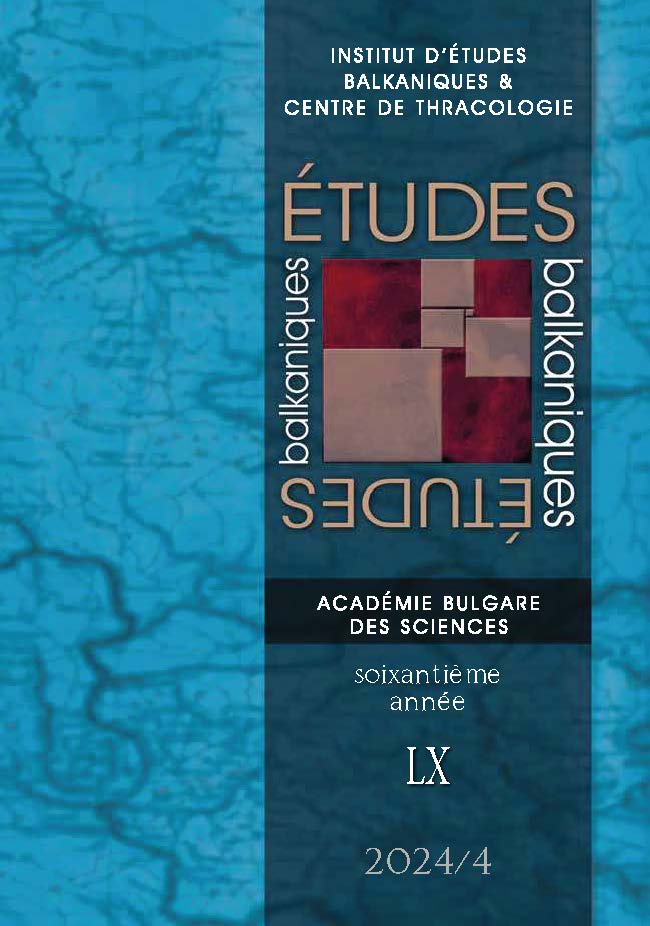
The article explores the role of cultural diplomacy in Socialist Romania during the 1950s, focusing on three key art exhibitions that took place in Bucharest. These exhibitions, featuring works by Italian, French, and Mexican artists, were part of broader diplomatic efforts to connect Romania with the West and the Third World. The study highlights how these cultural exchanges, initiated by institutions like the Romanian Institute for Foreign Cultural Relations, were instrumental in fostering transnational networks and reshaping Socialist Realism. It also examines the complex interactions between Romanian cultural diplomacy and international actors, revealing how these exhibitions contributed to both diplomatic achievements and internal debates on the future of Socialist Realism. By analyzing these events, the article provides new insights into the cultural and political dynamics of the Eastern Bloc during the Cold War, emphasizing Romania’s unique position within this global context.
More...
This article explores the censorship of foreign films in Romania during the 1960s and 1970s, a period marked by increased film exchanges with both socialist and non-socialist countries. The study is primarily focused on a unique collection of archival documents – the Monica Maisner Fund – that provide rare insights into the control of foreign cinematic productions. A variety of documents elucidate the mechanisms behind film selection, evaluation, the activity of commissions in charge, the role of the involved institutional authorities, various forms of interventions, problematic cases, the criteria determining the acceptance or rejection of specific films. Compiled by a former employee of the sole institution responsible for nationwide film programming and distribution (Centrala România Film and its predecessors), this archival collection also raises pertinent questions for readers about its status in relation to censorship. Drawing on the literature on transnational cinematic exchanges, this article demonstrates the significant weight that censorship carries in the dynamics of the politically charged context of the Cold War.
More...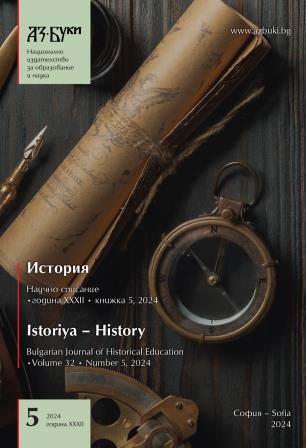


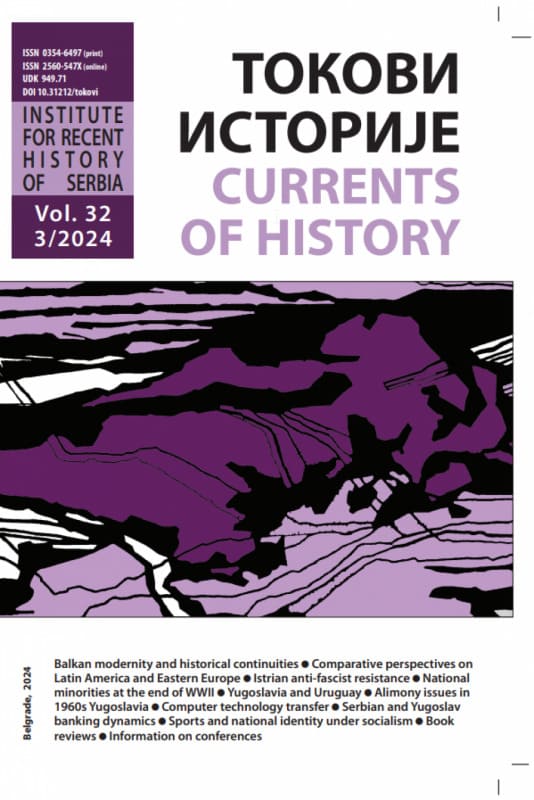
The article argues that the Crvena zvezda Football Club (FC Red Star Belgrade) maintained both Serbian and pan-Serbian identity during the socialist era (1945–1991), based on primary sources such as memoirs, and biographies. With no Serbian dynasty or state, and the Serbian Orthodox Church marginalized, FK Crvena zvezda became a unifying factor for the Serbian people in socialist Yugoslavia.
More...